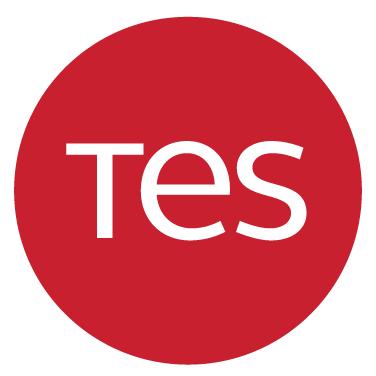Building Your Event Program: 4 Questions That Will Bring Your Content to Life
By Elizabeth Busch Wiese
Attendees enjoying a session at a recent event
Ask any attendee to list the top highlights of his or her most recent event experience, and you are likely to hear about sessions specific to their industry or job. Maybe they learned a new skill in a workshop or gleaned advice from a keynote speaker that will increase their productivity or boost their selling game.
At the core of every meeting or event, it is the content that must shine
Yes, splashy locations, big-name speakers, and tasty food can (and do) help, but if the content falls flat, attendees are likely to be pretty grumpy when filling out post-event surveys.
Planning events for more than 20 years has taught me that the best programs are the result of asking thoughtful questions, listening to the answers, questioning some more, and then finding the perfect balance of educational information to make an event irresistible.
Here are four questions I ask every time I start the content-creation process:
1. What need are we trying to fill?
A few other ways to ask this question: Why are we having this event? What are we delivering to attendees that they can’t get elsewhere? Why us? Why now?
It can be easy to repeat programming in the events industry, especially when it comes to recurring events. I remember working on an event for a company that was putting on its annual awards show. I sat down with the team and discussed the purpose of the meeting. We decided that we wanted to create an event to truly honor the people who won awards—that was going to be our thesis. We then applied that concept to all future decisions, and the event turned out to be a great success.
When focusing on the why of an event, try thinking about attendee demographics. Who will be coming, from where, and for what purpose? What do people think they need versus what do they really need? How can you create a program that will deliver valuable content in an authentic, helpful way?
2. How much break time is on the schedule?
Down time, or “water-cooler time,” as I like to call it, is essential in the creation of an event. I believe this also falls in the realm of content, even though you aren’t overtly planning content for meal breaks or team-building exercises.
Down time is important because it helps recharge attendees, makes them feel more relaxed in the meeting environment, and helps with their focus once they come back into the conference space. Protect these moments. Schedule team-building activities. These are the things that create the fabric of connections between teams.
3. What is the “eye-roll factor” in our content?
Mandatory sales kickoffs and internal annual meetings can get a bit cheesy, resembling—dare I say it—pep rallies. This is where the eye-rolls come in. Unfortunately, eye-rolls are usually followed closely by attendees checking Facebook in the middle of general sessions. Ouch.
So how do you eliminate the eye-rolls? By providing authentic experiences.
At a recent leadership event that involved a company’s 200 executives, we decided to end each day with an unfiltered Q&A session with the company’s CEO. Everyone sat down with beverages (OK, beer), it was casual, and the CEO answered questions that weren’t screened ahead of time.
This exercise was hugely impactful for attendees. It cost very little and, while the CEO’s answers weren’t marketing-speak perfect, these sessions provided insights and the real connections that attendees were craving. I highly recommend trying this, especially for internal meetings.
4. Who on your event team is customer-facing?
One of the best secrets to creating valuable content is to work with someone inside an organization who has direct contact with prospective attendees. For example, if an event will discuss new products and attendees will be customers of a particular company, I’ve found it helpful to talk with customer-facing employees to find out what is of most interest.
This can be tricky (and sometimes political), as planners often work with corporate marketing teams and internal event teams, but I suggest pushing to brainstorm with people inside a client’s company who can speak to exactly what attendees would be most interested in—before developing a meeting program.
The Event Studio (TES), founded in 2008, is led by its three co-founders Elizabeth Busch, Beckie Jankiewicz and Anne Frey-Mott who met while building Inc. and Fast Company’s storied event business. We firmly believe live experiences make lasting connections and move business forward, and have built our business doing just that for clients ranging from enterprises like Genesys and HP, to publishers such as Fortune and Bloomberg Business, to household names like Airbnb and Lexus. We bring inspiration to the table.

